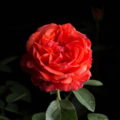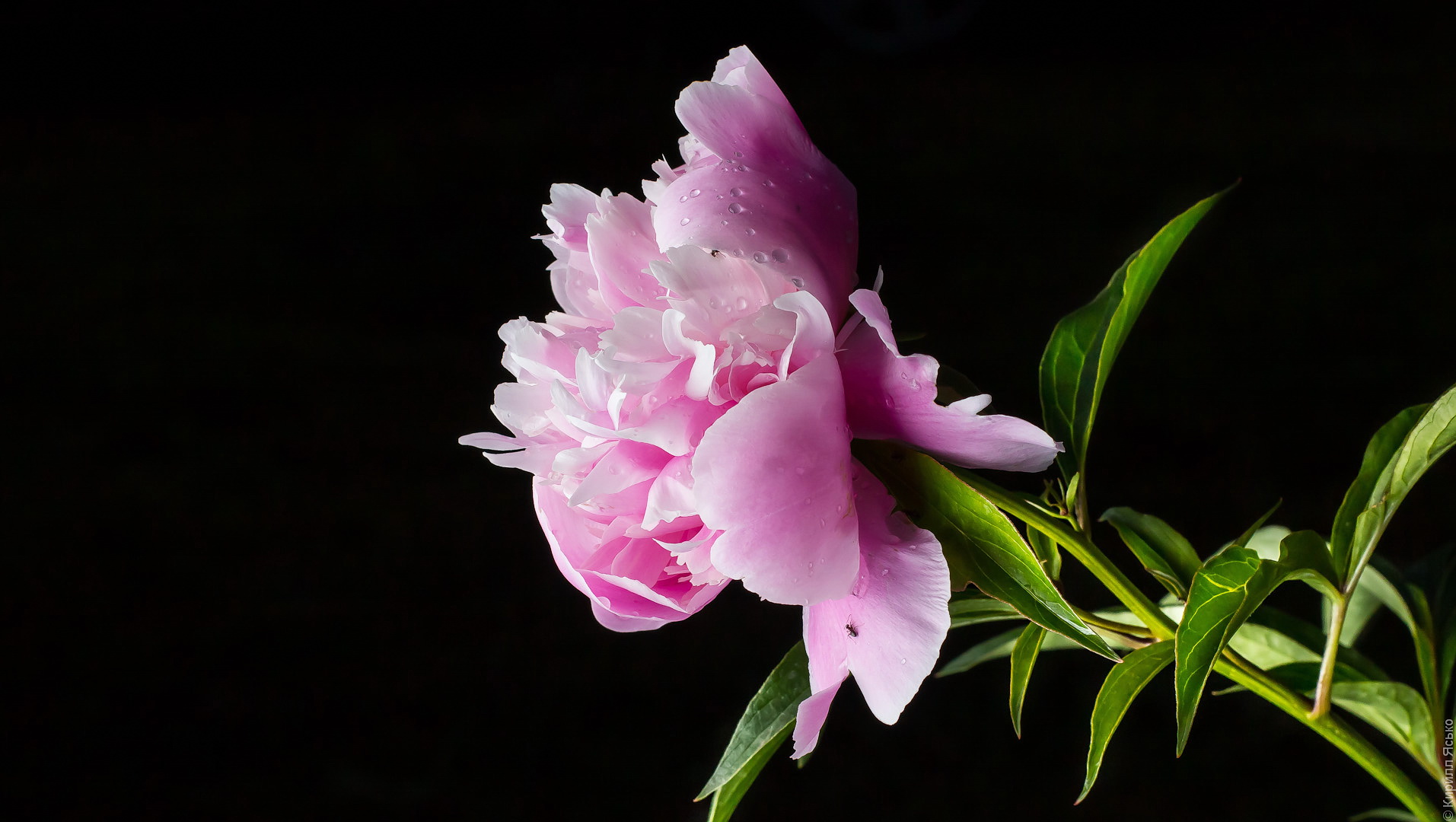
The other day, remembering how to spell flower (flower in English), I realized for the first time that this word has a root flow, i.e. “flow”. Then the literal translation of the word flower will be “current” or “expiring”. Apparently it is implied that the flower expires with nectar. Wanting to check if my hypothesis about the etymology of the English flower is correct, I slightly %20flow&hl=ru&pg=PA35#v=onepage&q=Flower%20word%20flow&f=false”>googled and it turned out!!! It turned out that everything is correct – the flowers flow. But not only nectar, but also blood. In English there is a word “bloom” (bloom), suspiciously similar to the root “blood” (blood). In German “Blüte” is “flowers” and “Blut” is “blood”. In Hungarian “ver” is blood, and “verag” is “blossom”.
In Russian, the connection is hidden a little deeper. “Flower” contains the root “color” (colour). Color is achieved with paints. “Paint” is what makes “red” i.e. beautiful. Red is the color of blood.
Of course, one can say that all this is far-fetched and there is no real (pragmatically justified) connection between colors and blood. But human language is originally a system of symbols. A symbol is when other concepts or objects are used to denote one concept or object. The word “blood” also has little to do with the substance blood, it’s just a symbol – a conventional sign, but this does not prevent it from being used.
When dealing with symbolic language, the meaning is conveyed not only by dry text, but also by associations (have you tried to guess your dreams?). The concepts of “love” and “carrots” that are not connected in any way are forever bound by rhyme, and “flowers” and “blood” – in red.
By the way, another meaning of the word “flow” in English is menstruation, menstruation. The symbolic connection of flowers with female blood is even deeper than with ordinary (abstract) blood. Both women and flowers are endowed with the ability to create fruit. Therefore, it is quite logical that the flower is a symbol of femininity. And the rosebud is a symbol of the female genitalia…
For example, what do you think the story “The Scarlet Flower” is about?…
Lest you think that I alone have such strange associations, I will quote a fragment of the book by N. Andreeva and V. Terentyev “A Little Scarlet Flower and Scarlet Sails …”
“Only the younger daughter, beloved, seeing the scarlet flower, trembled all over and wept, as if something had stung her heart. When her father speaks to her, these are the words: – Well, my dear, beloved daughter, do not you take your desired flower? There is nothing more beautiful than him in the world. The smaller daughter took the scarlet flower exactly reluctantly, kisses her father’s hands, and she herself cries with burning tears … ”What does all this tell us? Yes, that the conflicts of the oral, anal-sadistic, phallic-oedipal, latent and pubertal stages of the psychosexual development of the personality of the main character are overcome. The time has come for the genital stage of development, the time of the flowering of her full genital sexuality.
Why did she cry when she met a flower in a jug, that is, in fact, with herself, who already had a formed gender identity (internal self-perception as a woman)? Because with all the cells of the body and fibers of the soul I felt the true value and price of this expensive (no, priceless!) Gift, a miracle present. As if she immediately plunged into the stage of understanding the aspects of Life – Death – Life present in her future love affair with the enchanted prince and already began to show compassion for this task at the first meeting (not even real, but only symbolic)”

And finally, a funny song about scarlet roses))
On the second day I brought her a flower
She was more beautiful than any woman I’d seen
I said, “Do you know where the wild roses grow
So sweet and scarlet and free?”
On the second day he came with a single red rose
Said: “Will you give me your loss and your sorrow”
I nodded my head, as I lay on the bed
He said, “If I show you the roses, will you follow?”
